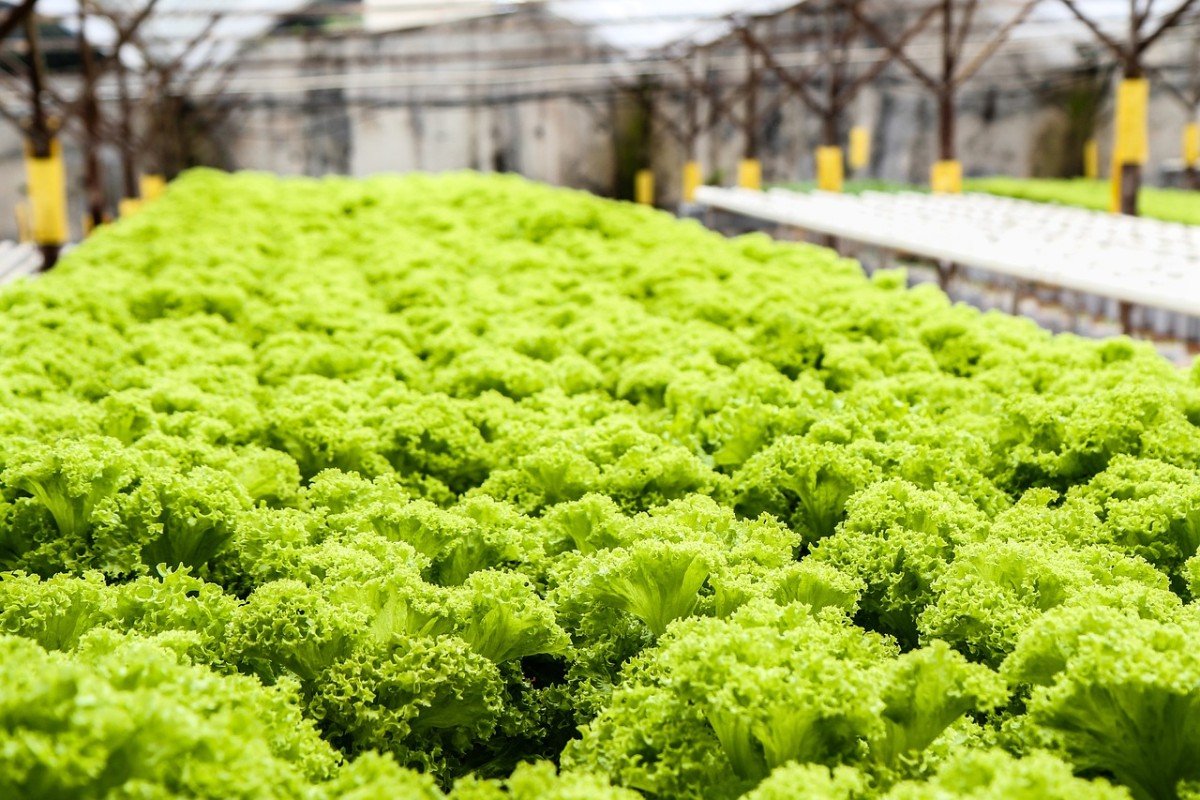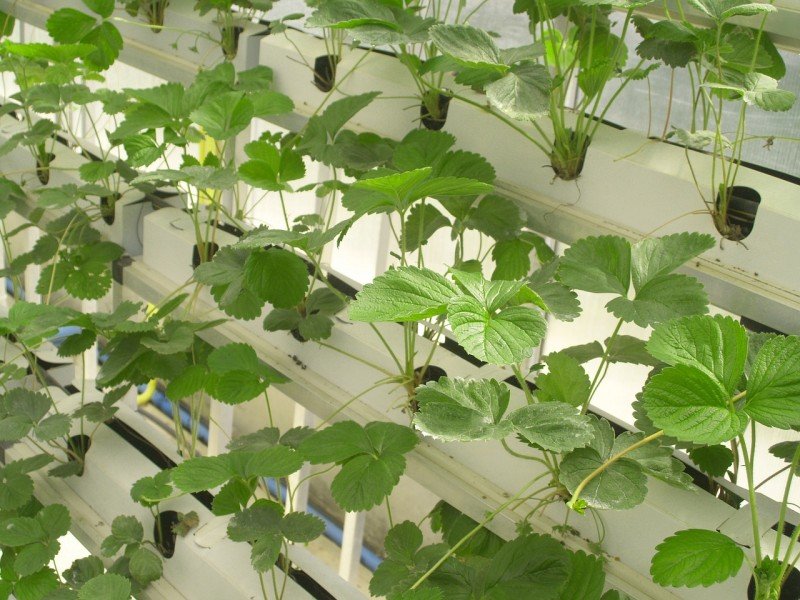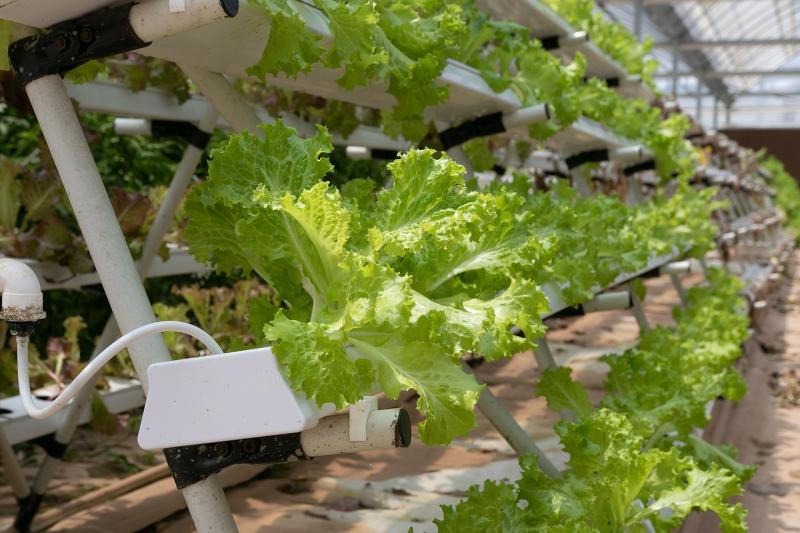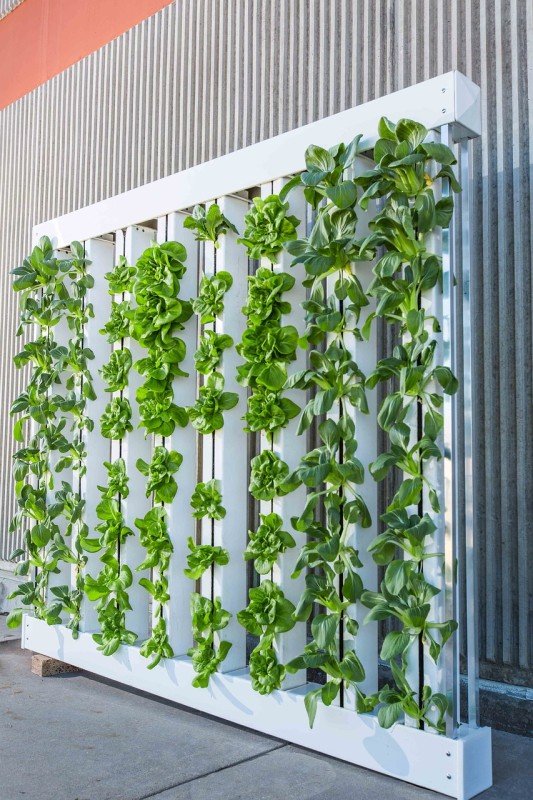The Basics: Understanding Hydroponic Gardening
Hydroponic gardening is a method of growing plants without soil. Instead, nutrients are delivered directly to the plant roots through water. This method has become increasingly popular in recent years, as it allows you to grow plants indoors, in small spaces, and even in areas with poor soil conditions.
The key to successful hydroponic gardening is ensuring that the plants receive the right amount of water, oxygen, and nutrients. This can be achieved through a variety of systems, including deep water culture, drip irrigation, or nutrient film technique.
One of the biggest advantages of hydroponic gardening is that it allows you to have more control over the growing conditions. You can adjust the temperature, humidity, and lighting to suit the needs of your plants. Additionally, because the plants are not growing in soil, they are less susceptible to pests and diseases.
However, hydroponic gardening can be more expensive to set up than traditional gardening methods, as you will need to purchase equipment such as grow lights, pumps, and nutrient solutions. It also requires more maintenance, as you will need to monitor the water pH levels and nutrient levels regularly.
Overall, if you are willing to invest the time and money required, hydroponic gardening can be a fun and rewarding way to grow your own plants. It allows you to experiment with different plant varieties and growing techniques, all while producing fresh vegetables and herbs year-round.
Choosing the Right Equipment for Your Hydroponic System
When it comes to setting up your own hydroponic system, choosing the right equipment is crucial to its success. Here are the key pieces of equipment you’ll need to get started:
Grow Tray
The grow tray is where your plants will grow in your hydroponic system. You can choose from a variety of materials for your grow tray, such as plastic or metal. Make sure your grow tray is the appropriate size for the number of plants you want to grow.
Hydroponic Nutrients
Your plants will need nutrients to grow properly in your hydroponic system. You can purchase specially formulated hydroponic nutrients to provide your plants with everything they need. Nutrient solutions typically contain nitrogen, phosphorus, and potassium as well as micronutrients like iron and magnesium.
Water Pump
A water pump will keep water circulating throughout your hydroponic system. This will ensure that your plants are getting the nutrients they need and that the water and nutrients are evenly distributed.
Growing Medium
Growing medium is used to support your plant’s roots in your hydroponic system. There are a variety of options to choose from, including coconut coir, peat moss, and rockwool. Your growing medium should be able to hold water and nutrients while still providing adequate oxygen to your plant’s roots.
HPS or LED Grow Lights
HPS (High-Pressure Sodium) and LED (Light-Emitting Diode) grow lights are the most commonly used grow lights for hydroponic systems. These lights are designed to provide your plants with the right amount of light for photosynthesis. HPS lights emit a lot of heat and can consume a lot of electricity, but they are effective. LED grow lights are less power-hungry and emit less heat than HPS lights, but they can be more expensive upfront.
Choosing the right equipment for your hydroponic system can make all the difference in the health and vitality of your plants. By selecting high-quality materials that meet your system’s needs, you can grow healthy, thriving plants in no time!
Setting Up and Maintaining Your Hydroponic Growing System
Now that you have decided to start your own hydroponic growing system, it is important to understand the steps required to set it up and keep it functioning for successful plant growth. Here are some key points to consider:
Choosing a Location
The first step in setting up your hydroponic growing system is to choose a suitable location. It should be a clean and well-ventilated area with adequate access to electricity and water. A basement or spare room is often a good choice. Ensure that the temperature of the location remains between 65 and 80 degrees Fahrenheit for best plant growth.
Selecting a Container
There are various types of hydroponic containers available in the market, ranging from small tabletop units to large commercial-scale systems. The size of the container will depend on the number of plants you wish to grow. Choose a container with sufficient space for plant roots and an appropriate cover to prevent light from entering the system.
Building a Support Structure
In order to support your growing system, you will need to build a suitable structure. This may include a frame made of PVC or wood, or you may choose to mount your containers on shelves or racks.
Adding Nutrient Solution
Once your system is set up, the next step is to add a nutrient solution to the water. This will provide the plants with the nutrients necessary for growth. It is important to follow the instructions on the package carefully and not to overfeed the plants as this can cause root burn and other issues.
Maintaining Your System
Maintaining your hydroponic growing system is an ongoing process. You will need to monitor the nutrient levels regularly and adjust them as necessary. Ensure that the pH level of the nutrient solution remains between 5.5 and 6.5 for optimal plant growth. Keep an eye out for any signs of pests or disease and take appropriate action to prevent them from spreading. Finally, check the water levels regularly and top up the system as required.
By following these steps, you can set up and maintain your own hydroponic growing system and enjoy a bountiful harvest of healthy and delicious plants.



